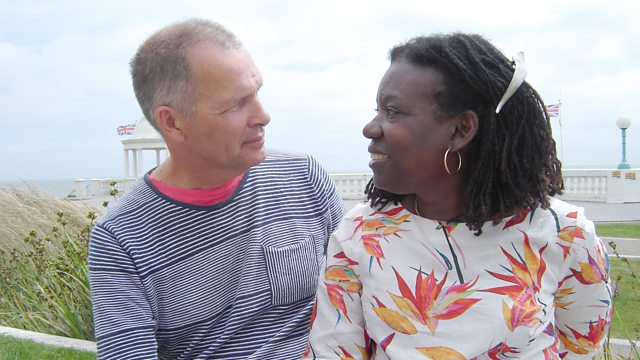David Olusoga: ‘There’s a dark side to British history, and we saw a flash of it this summer’Posted in Articles, History, Media Archive, Politics/Public Policy, Slavery, United Kingdom on 2016-11-23 21:48Z by Steven |
David Olusoga: ‘There’s a dark side to British history, and we saw a flash of it this summer’
The Guardian
2016-11-04
 ‘People used to shout “Go back to Africa” at us’ … David Olusoga. Photograph: Martin Godwin for the Guardian |
The writer and broadcaster on reassessing black history and the fallout from the Brexit vote
For as long as David Olusoga has been writing and broadcasting on black British history (almost two decades), he has received infuriated letters from the public. Nowadays, there are tweets too, which employ the same fulminating tone.
“The number of people who say, ‘I’m sick of hearing about slavery’, or ‘black people are always talking about slavery’. My response to them is ‘Name a British plantation. Name a slave trader. Name a British slave ship.’ Normally they can’t, because we don’t know that much about slavery. It’s not a central part of our national story.”
Olusoga’s new book, Black and British: A Forgotten History, is not about slavery as such, but it is a radical reappraisal of the parameters of history, exposing lacunae in the nation’s version of its past. Domestic history cannot be separated from the vast former empire building, he argues, which was inextricably bound to the economics of global slavery. Joining up history at home and abroad makes it harder to gloss over Britain’s part in the slave trade…
Read the entire article here.


